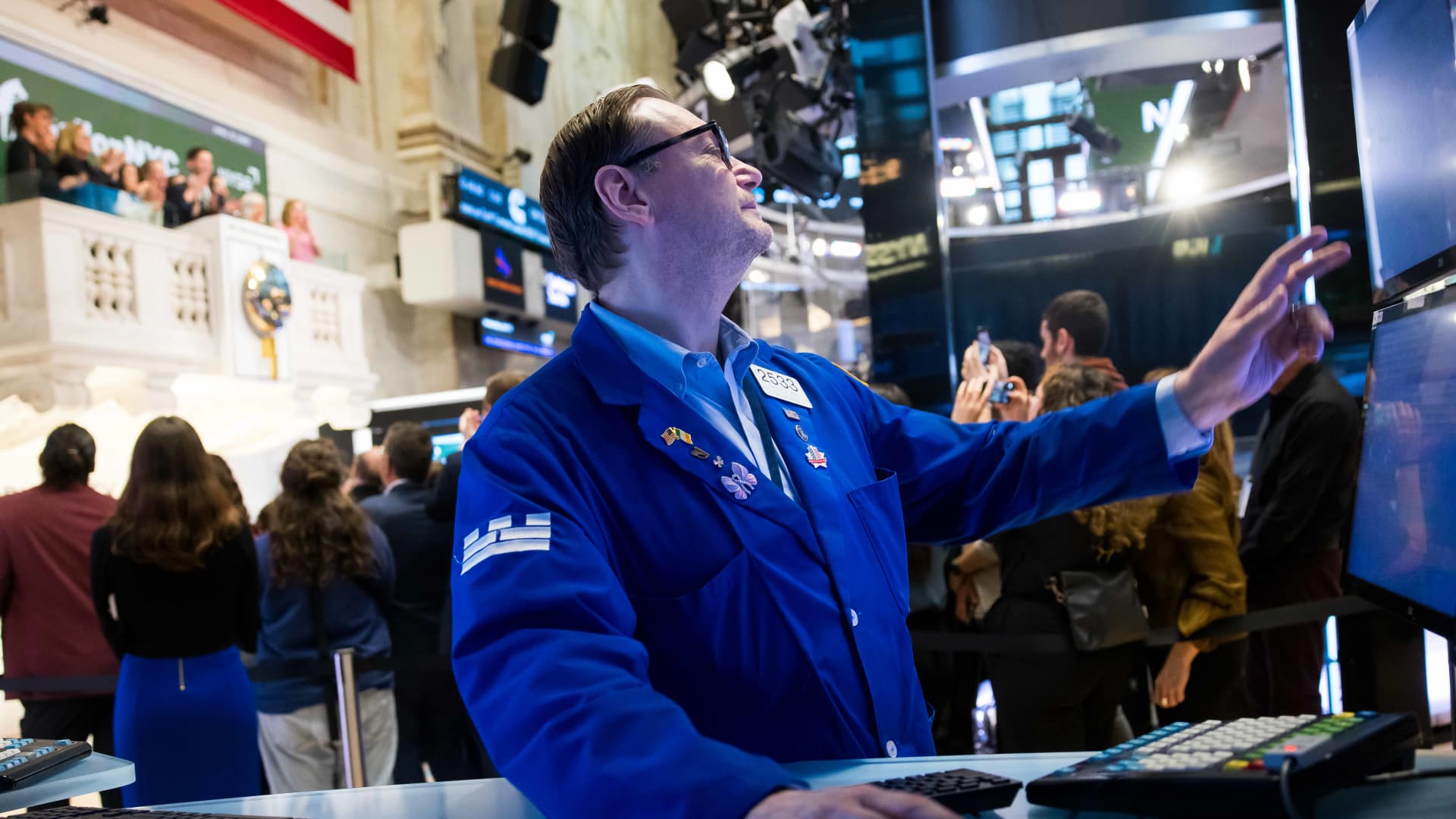On Friday, data revealed stronger-than-expected job growth in April, alleviating concerns about the impact of President Donald Trump’s higher tariffs on the economy. According to the Bureau of Labor Statistics, nonfarm payrolls increased by a seasonally adjusted 177,000 for the month, slightly below the downwardly revised 185,000 in March but significantly above the Dow Jones estimate of 133,000.
The unemployment rate remained steady at 4.2%, as anticipated, signaling a stable labor market.
Attention now turns to the Federal Reserve’s May 6-7 meeting, where it will decide on interest rates, currently set at 4.25% to 4.50%. Traders largely expect the Fed to maintain rates unchanged for both this meeting and the next, not foreseeing any movement from the central bank until July, based on the latest jobs data according to the CME Group FedWatch Tool.
“I think there was some nervousness, obviously, that we were going to start to see some unemployment really pick up in this print, and it didn’t really happen,” Rhys Williams, chief investment officer at Wayve Capital, told CNBC. “Employment, at least through April, looks pretty strong.”
Investors were also encouraged on Friday by China’s announcement that it is considering initiating trade talks with the U.S., according to a statement from its commerce ministry. The statement noted that senior U.S. officials had reached out “through relevant parties multiple times” in hopes of starting tariff negotiations.
Chinese authorities reiterated Beijing’s demand for the U.S. to remove all unilateral tariffs, stating that failure to do so would “further compromise mutual trust” between the two nations. “If the U.S. wants to talk, it should show its sincerity and be prepared to correct its wrong practices and cancel the unilateral tariffs,” the statement said.
The U.S. currently imposes 145% tariffs on Chinese goods, with China retaliating with 125% levies on U.S. products.
— new from CNBC
